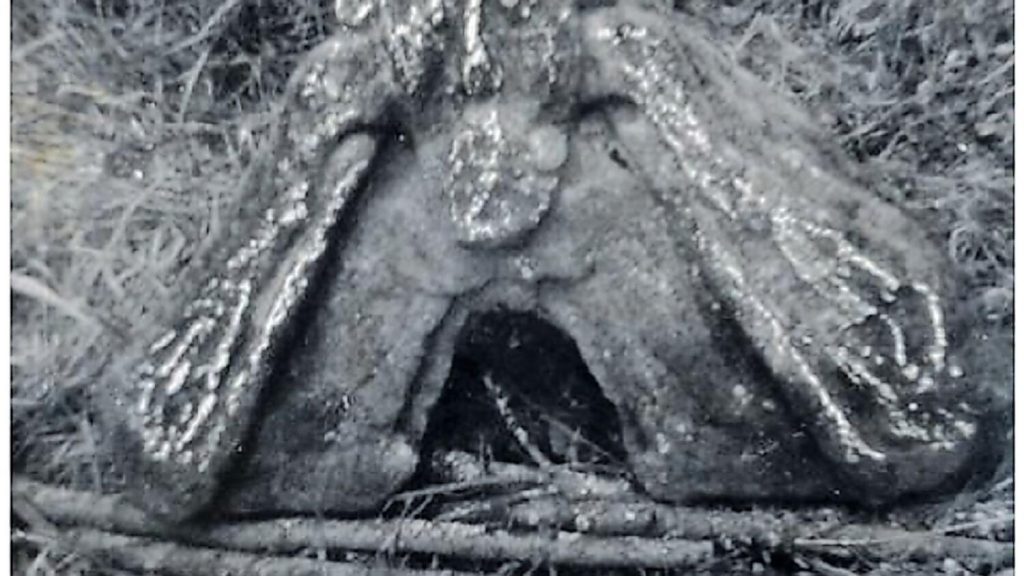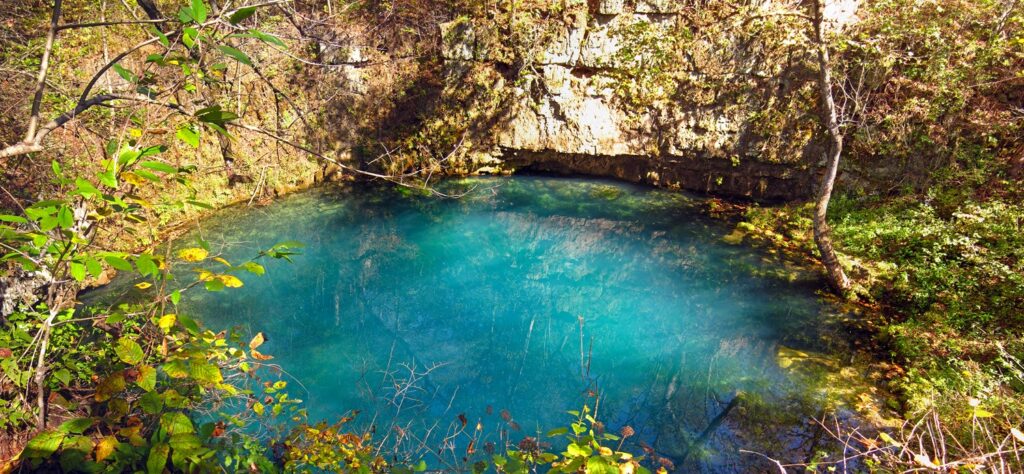
Nestled in the quiet countryside of County Cavan near the picturesque village of Ballyconnell lies an artifact of profound historical and cultural significance: The Tomregan Stone. This enigmatic relic, etched with intricate carvings, offers a fascinating glimpse into Ireland’s ancient past, its spiritual traditions, and its enduring connection to the land.
In this blog, we will explore the history, symbolism, and cultural significance of the Tomregan Stone, delving into the stories and theories surrounding one of Cavan’s most intriguing landmarks.
The Setting: Tomregan and Ballyconnell
The Tomregan Stone is named after the area in which it was discovered, the townland of Tomregan, near the bustling village of Ballyconnell in County Cavan. The name Tomregan itself comes from the Irish Tuaim Regáin, meaning “Regan’s tomb” or “burial mound of Regan,” hinting at the area’s ancient significance as a site of burial and ritual.
Situated in the Drumlin Belt, a landscape of rolling hills and interspersed lakes, Tomregan has been a focal point for human activity for millennia. Its strategic location near the River Erne likely made it a crossroads for trade, settlement, and spiritual practices.
The Tomregan Stone: A Description
The Tomregan Stone is a large, flat slab of stone featuring distinctive carvings that suggest it dates back to the Bronze Age (circa 2500–500 BCE) or possibly even earlier. The surface of the stone is adorned with intricate patterns, including spirals, concentric circles, and grooves that evoke the symbolic language of Ireland’s ancient peoples.
The craftsmanship of the carvings bears striking similarities to the megalithic art found at renowned sites like Newgrange, Knowth, and Loughcrew. However, the Tomregan Stone is unique in its local context, standing as a solitary sentinel of a bygone era amidst the more understated archaeology of Cavan.
Theories and Interpretations
The meaning of the Tomregan Stone’s carvings has been the subject of much speculation, with interpretations ranging from the spiritual to the astronomical.
1. A Ritual Stone
Many scholars believe the Tomregan Stone was a ritual object, used in ceremonies related to fertility, death, or the changing of the seasons. The spirals and concentric circles are often associated with cycles of life and the cosmos, suggesting the stone may have been central to the spiritual beliefs of its creators.
2. A Boundary Marker
Another theory posits that the stone may have served as a boundary marker, delineating the edges of tribal territories or sacred spaces. The carvings could have symbolized the protection of the land or the authority of a local chieftain.
3. A Celestial Map
Some researchers suggest the stone’s carvings have astronomical significance, aligning with the movements of the sun, moon, or stars. The spirals and circles may have been used to track celestial events, reinforcing the connection between the heavens and the earth.
4. A Burial Monument
Given the meaning of the name Tuaim Regáin, it is plausible that the Tomregan Stone was part of a burial site. It may have marked the resting place of a significant individual, serving as both a memorial and a spiritual talisman.
Historical and Cultural Context
The Tomregan Stone belongs to a tradition of megalithic art and monuments that spans thousands of years and connects Ireland to a broader network of ancient European cultures.
1. The Bronze Age in Cavan
During the Bronze Age, County Cavan was home to thriving agricultural communities that left behind a wealth of archaeological evidence, including burial mounds, standing stones, and ringforts. The Tomregan Stone fits within this context as a relic of a sophisticated society with complex spiritual and artistic traditions.
2. Links to Celtic Mythology
Although the stone predates the arrival of the Celts, it later became integrated into Celtic culture and mythology. The spiral motifs, in particular, were adopted by the Celts as symbols of life, death, and the journey between worlds. This continuity underscores the enduring significance of such artifacts in Irish heritage.
3. Christian Adaptation
With the advent of Christianity in Ireland, many ancient stones and monuments were repurposed or reinterpreted in a Christian context. The Tomregan Stone may have been incorporated into local Christian traditions, serving as a focal point for prayer or pilgrimage.
Folklore and Legends of the Tomregan Stone
Like many ancient artifacts in Ireland, the Tomregan Stone is steeped in folklore, its enigmatic presence inspiring stories that blend history and myth.
1. A Portal to the Otherworld
Local legend holds that the Tomregan Stone is a gateway to the Otherworld, a mystical realm inhabited by the Tuatha Dé Danann and other supernatural beings. It is said that those who touch the stone during the full moon may hear whispers from the spirits of the past.
2. The Stone of Prophecy
Another tale suggests that the carvings on the stone were created by a druid who used it to record prophecies. According to this legend, the spirals represent the paths of fate, and those who can interpret their meaning may glimpse the future.
3. A Curse of the Stone
Some believe the stone is protected by a curse, warning against its removal or desecration. Stories of misfortune befalling those who disturb the stone have helped preserve its integrity over the centuries.
Discovery and Preservation
The Tomregan Stone was rediscovered in the 19th century during agricultural work in the area. Recognizing its historical value, local historians and community members ensured its preservation. Today, the stone is considered a symbol of Tomregan’s ancient heritage and is a point of pride for the surrounding community.
Efforts to protect the stone reflect a broader movement to safeguard Ireland’s archaeological treasures, ensuring that they continue to inspire and educate future generations.
Visiting the Tomregan Stone
For those seeking to connect with Ireland’s ancient past, a visit to the Tomregan Stone offers a unique opportunity to explore a relic that has withstood the test of time. The stone’s rural setting, surrounded by the natural beauty of the Drumlin Belt, provides a tranquil and contemplative atmosphere.
Visitors are encouraged to reflect on the lives and beliefs of the people who created the stone, marveling at their ingenuity and enduring connection to the land.
Why the Tomregan Stone Matters
The Tomregan Stone is more than just an artifact; it is a bridge to Ireland’s prehistoric culture, a symbol of the creativity and spirituality of its early inhabitants. Its carvings, though enigmatic, speak to universal themes of life, death, and the human connection to the cosmos.
As a piece of Ireland’s rich archaeological heritage, the Tomregan Stone reminds us of the importance of preserving our past and honoring the stories etched into the land.
Discover More of Ireland’s Hidden Treasures
The Tomregan Stone is just one of the many wonders that make Ireland’s history so captivating. To uncover more about Ireland’s ancient landmarks and cultural heritage, visit Secret Ireland.
From mysterious stones to sacred sites, Secret Ireland offers insights into the myths, legends, and history that make the Emerald Isle a land of wonder. Explore the stories of Ireland’s past and embark on a journey through its timeless landscapes.


